10 Reasons Why Super Nintendo Was Better Than Sega Genesis
There are some good reasons why the Super Nintendo won the great console war against the Sega Genesis.
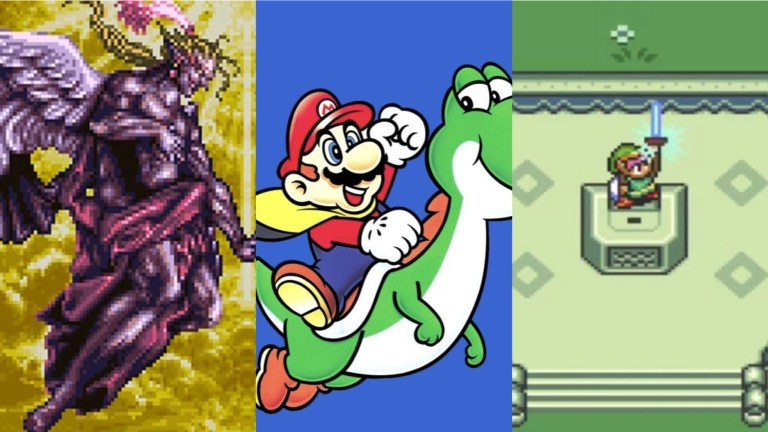
It sometimes feels odd to argue for the Super Nintendo in the great SNES vs. Sega Genesis debate. After all, the SNES did win that war in terms of sales, is widely considered to be one of the greatest consoles ever made, and furthered the cause of an empire that still rules over the industry to this day. You’re not exactly standing up for the little guy when you go to bat for the Super Nintendo.
Yet, it’s important to take a closer look at the things that the SNES did better than the Genesis. Not so the console to enjoy another victory lap, mind you, but rather as a way to appreciate the things that made it unique. As we celebrate the 35th anniversary of the Sega Genesis and the legendary console war it kicked off, we also celebrate the ways those consoles offered unique, distinct experiences that changed gaming forever. However, if you want to see how the other half lived, be sure to check out Chris Freiberg’s breakdown of the reasons why the Genesis was better than the SNES.

Revolutionary Graphics
Sega’s “Blast Processing” claims may have been a clever bit of marketing, but there was certainly some truth in the buzzwords. The Sega Genesis boasted a faster overall processor that often allowed it to deliver those exceptional arcade ports with their arcade accurate speed. In most other technical respects, though, the Super Nintendo was the objectively superior system.
While that enhanced power was often obvious in the SNES’ generally brighter and more colorful visuals, the gap between the two consoles widened in more significant ways during the early-to-mid ‘90s. Games like Donkey Kong Country became SNES sellers largely by virtue of their jaw-dropping graphics. Try as they might, Sega could never quite get the Genesis to replicate that visual style or more advanced gameplay-altering visual tricks like Mode 7 scaling. Unfortunately for Sega, so much of the Genesis’ early marketing was built around a power advantage that they just couldn’t maintain in the long run.
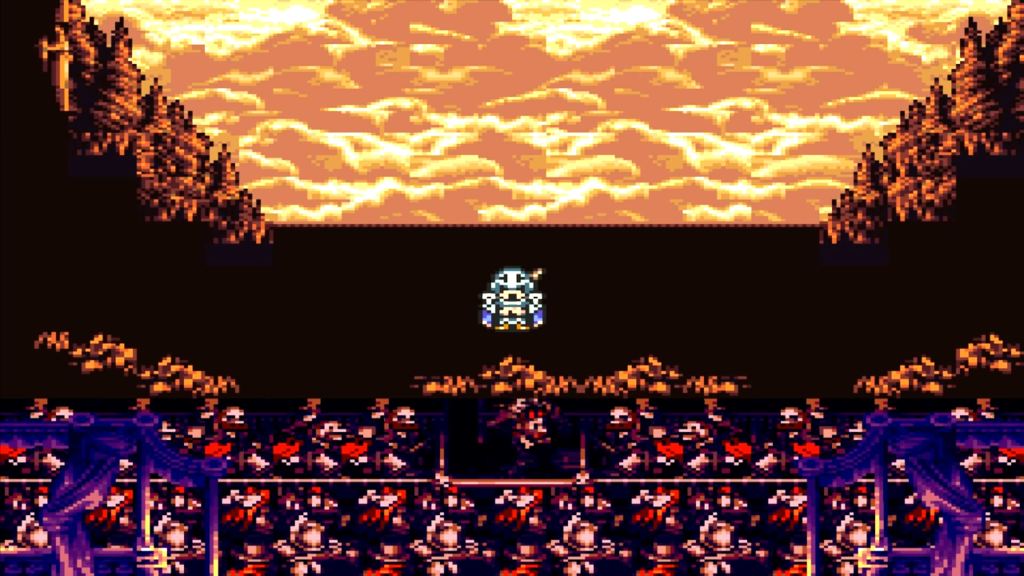
Richer and More Dynamic Sound Design
I was originally going to lump this point in with the SNES’ graphical advantages, but the console’s audio advantages over the Sega Genesis were just as impactful in the long run.
Contrary to popular belief, the Sega Genesis’ audio hardware was not significantly inferior to the SNES’ hardware. It’s just that the Sega console relied on very arcade-like sound design that had to be utilized in a more specific way. While that approach offered immediate advantages over the NES, the SNES’ more advanced audio engineering gave way to sweeping orchestral-style scores the Genesis struggled to replicate. To be clear, some Genesis games boast incredible soundtracks. It’s just that the console’s inherent synth style proved to be an asset for some, a detriment to many others, and, ultimately, fundamentally limited compared to what the SNES often offered.

The Nintendo Advantage
As I put this article together, I kept finding myself coming back to variations of the same basic – yet significant – point. The Super Nintendo had Nintendo games, and the Sega Genesis did not.
From the earliest days of the NES, Nintendo’s greatest advantage has been Nintendo. Like no other console manufacturer before them (and few after), they based much of their hardware’s value on the promise that those devices would be home to some of the greatest exclusive games in the world. It’s one of the biggest reasons why people still buy Nintendo consoles.
Sega deserves all the love in the world for its innovative first-party output that forced Nintendo to step up its game. But when you get right down to it, they simply were never able to match Nintendo’s ability to deliver so many incredible titles across such a wide variety of genres and franchises. I mean, the SNES launched with one of the greatest games ever made (Super Mario World) as a free pack-in title. Sega’s backs were always against the wall to some degree.
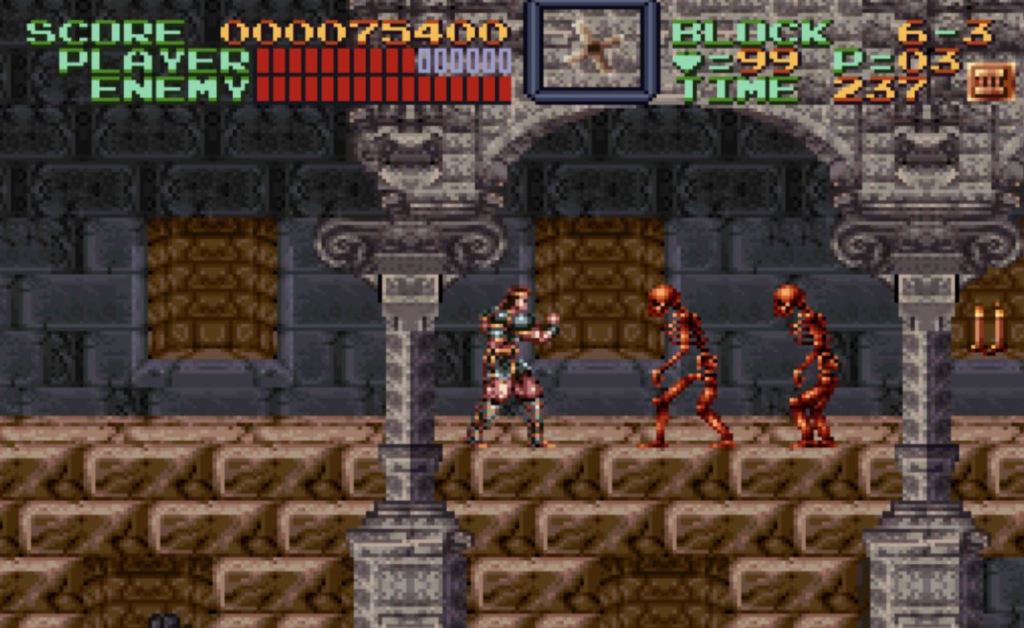
Upgraded NES Titles and Franchise Evolutions
While the Genesis was famously the SNES’ greatest console competition, the Genesis’ release date initially made it an NES competitor. The Genesis wasn’t Sega’s first home console, but it was the one that made them undeniable players in the revitalized industry.
That’s all well and good, but I think we sometimes underestimate how much of an advantage the success of the NES was for the SNES. With the NES, Nintendo established not just a global market for their brand but a library of titles and partner studios whose initial SNES offerings were often upgraded versions of what they had previously developed for the NES. Indeed, the whole “Super” tag was often applied to games that were essentially remakes of NES titles (most notably, Super Castlevania IV and Super Metroid). Many of the world’s biggest developers were able to use the NES to test concepts that they would later perfect on the SNES.
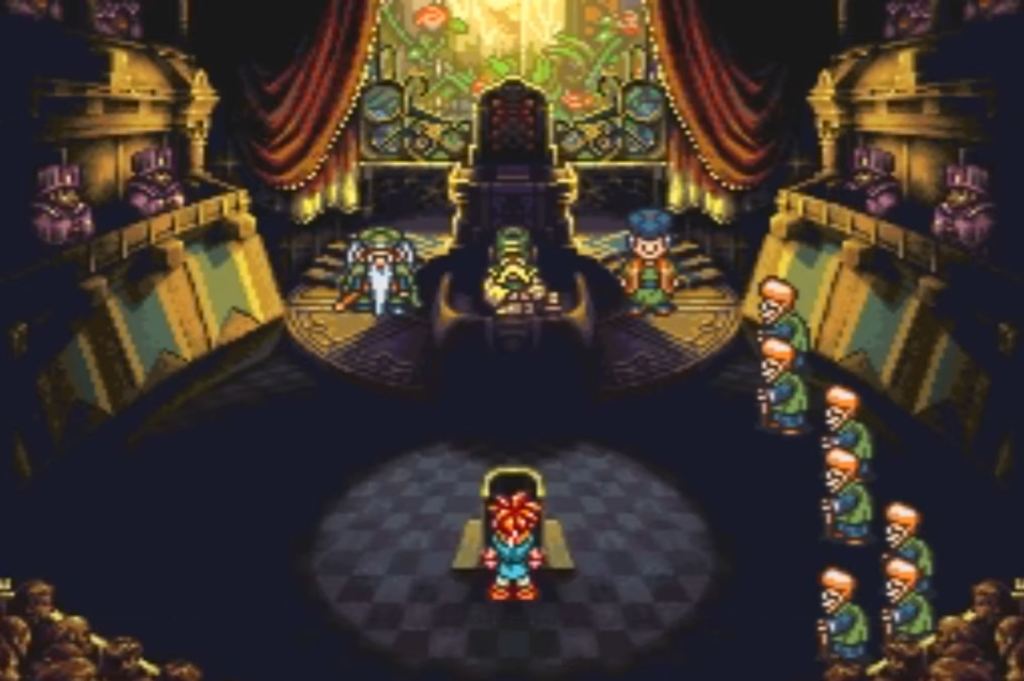
Some of the Best Console RPGs Ever Made
Despite what the popular narrative suggests, the Sega Genesis did have some really good RPGs. It’s just that comparing the Genesis RPG library to the SNES RPG library instantly reveals one of the most significant genre gaps in the history of the console wars.
To be fair, Sega would have had to sell their soul to corporate Satan (AKA, the regular Devil) just to find a studio that could keep up with Square’s RPG output alone. More importantly, many of those RPGs quickly became the kind of console-selling epics that showcased so many of the things that the SNES could technically do better than the Genesis. That’s to say nothing of their widely-regarded status as some of the greatest games ever made. Not to rub salt in the wound, but many of the lesser and overlooked SNES RPGs would have instantly become some of the Genesis’ greatest genre offerings.
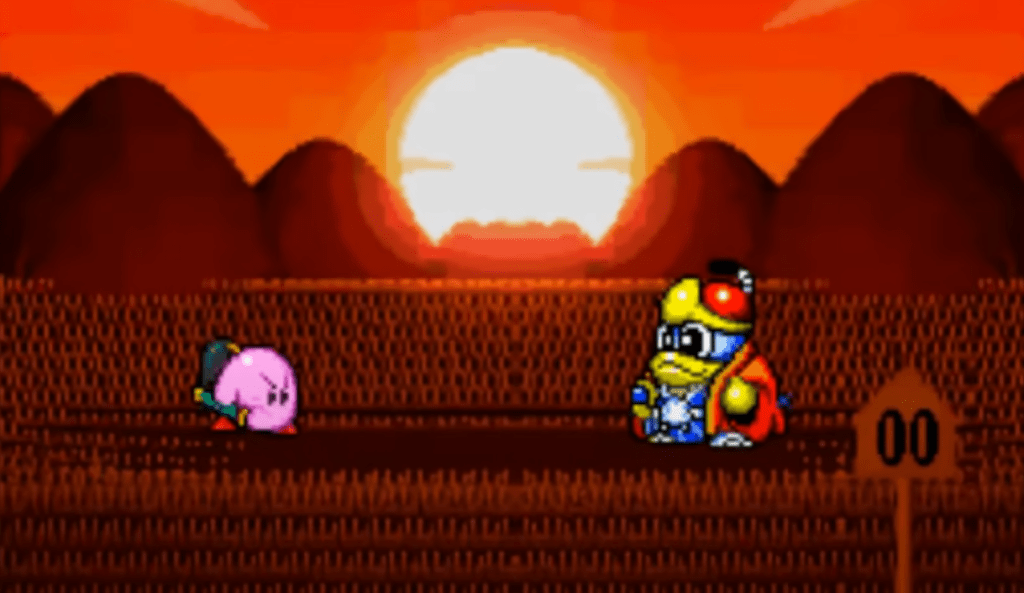
A Deeper (and Generally Better) Platformer Libary
While I certainly side with Mario in the great Mario vs. Sonic debate without any hesitation in my heart, you have to remember those were two platformer franchises at the forefront of a much larger war for relevance in the increasingly popular genre. It was a war that the SNES’ lineup ultimately won.
Granted, its victory can largely be attributed to the aforementioned contributions of Nintendo and those legacy NES studios (Capcom, Konami, Rare, etc.). But at a time when Sega turned having a viable Mario competitor into a big deal, it’s easy to forget that some of the biggest and best Super Mario competitors came from within the Nintendo ecosystem.
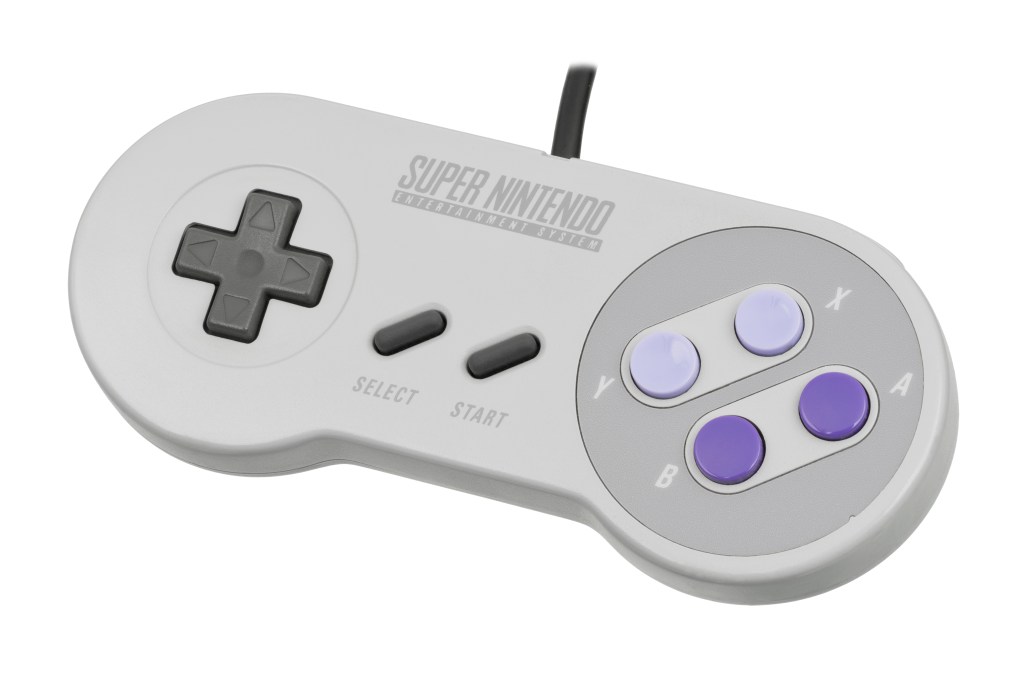
The SNES Controller’s Shoulder Buttons
I can’t argue with my esteemed colleague who suggests that the Genesis’ six-button controller often made it the superior option (especially for the genres that the Genesis generally excelled at). However, the SNES controller had one considerable advantage that is hard to live without to this day: shoulder buttons.
Those two buttons atop the SNES’ controller were literal game changers. They allowed you to easily access menus in slower games and enable entirely new input options in faster, arcade-like games all without having to make serious alterations to your natural hand placement. There are reasons why variations of the shoulder button have become the industry standard. For that matter, there are reasons why most retro handheld devices utilize shoulder buttons that even Genesis games benefit from.
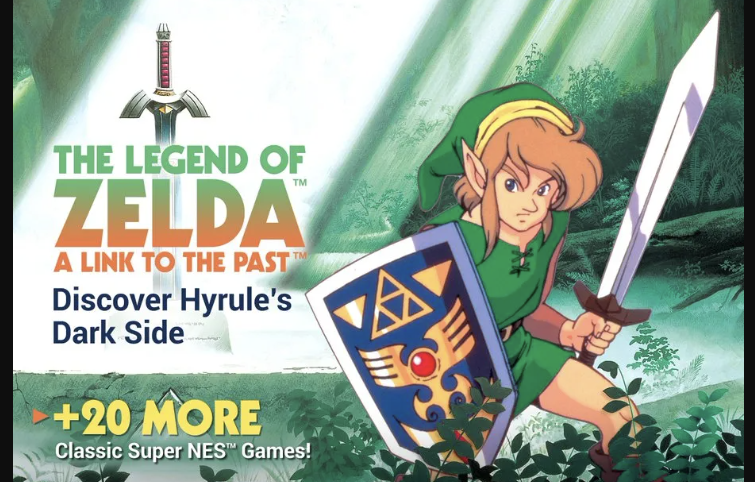
Nintendo Power and Nintendo Fan Culture
Hey, I hear you. Singling out Nintendo Power probably seems like a trivial point to make in favor of a console that had a lot going for it in the first place. For that matter, Nintendo Power started during the NES era, and Sega did technically have a magazine of their own called Sega Visions.
But take a look at the average issue of Sega Visions vs. the average issue of Nintendo Power and tell me which one was more impressive. At a time when gaming culture was growing, Nintendo often had its finger on the pulse of that culture in ways that Sega struggled to keep up with. Nintendo Power is just one of the more notable ways they not only cultivated but eventually capitalized on their growing fanbase outside of games in ways that Sega sometimes struggled to do. From giveaways and reveals to the artwork of the issues, Nintendo Power became a communal hub for a fandom that is stronger than ever.

The Super Game Boy
While the Sega Genesis undeniably offered more accessories (and generally more ambitious accessories) no Sega Genesis accessory matched the drawing power of the Super Game Boy. That deceptively simple plug-in device that allowed you to play enhanced versions of your Game Boy games on your TV became the arguable necessity that so many other peripherals of that era often were not.
Even if Sega had released a comparable device, it probably wouldn’t have mattered. Not only was the Super Game Boy pretty much perfectly designed, but, quite frankly, a device that supported Game Boy games was always going to be more appealing because the Game Boy was a far superior device to every other handheld at that time. This device expanded the size of the SNES’ library while increasing the value of a handheld many fans probably owned anyway. In many ways, it was the kind of accessory that Sega kept trying and failing to make during their many attempts to prolong the Genesis’ lifespan via add-ons.

Twice As Many Games in a Library Full of Hidden Gems
While discussions about the quality of SNES vs. Genesis games will always be subjective on some level, the SNES objectively won the quantity war. Over 1700 games were released for the SNES in all regions compared to just under 900 games that made their way to the Genesis.
No, you’ll never be able to play them all (or at least you shouldn’t try). But that number highlights the sheer depth of the SNES library as well as the ways that the console offered a consistent platform for creative growth over its impressive run. Sega offered developers slightly more freedom on paper, but their constant attempts to tweak the Genesis hardware led to instability that is consistent with the overall decline in Genesis software. There’s a seemingly infinite supply of great SNES games you’ve never played (or even heard of), and many of them represent the kind of uniquely console-based design style that the SNES allowed developers to explore outside of the traditional arcade space.
